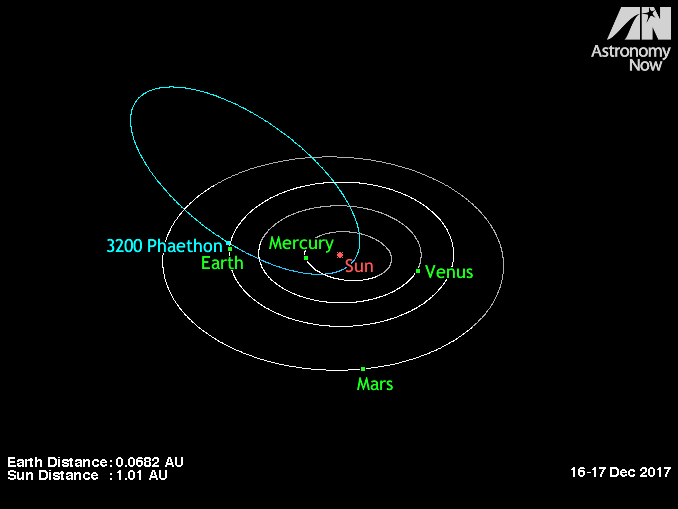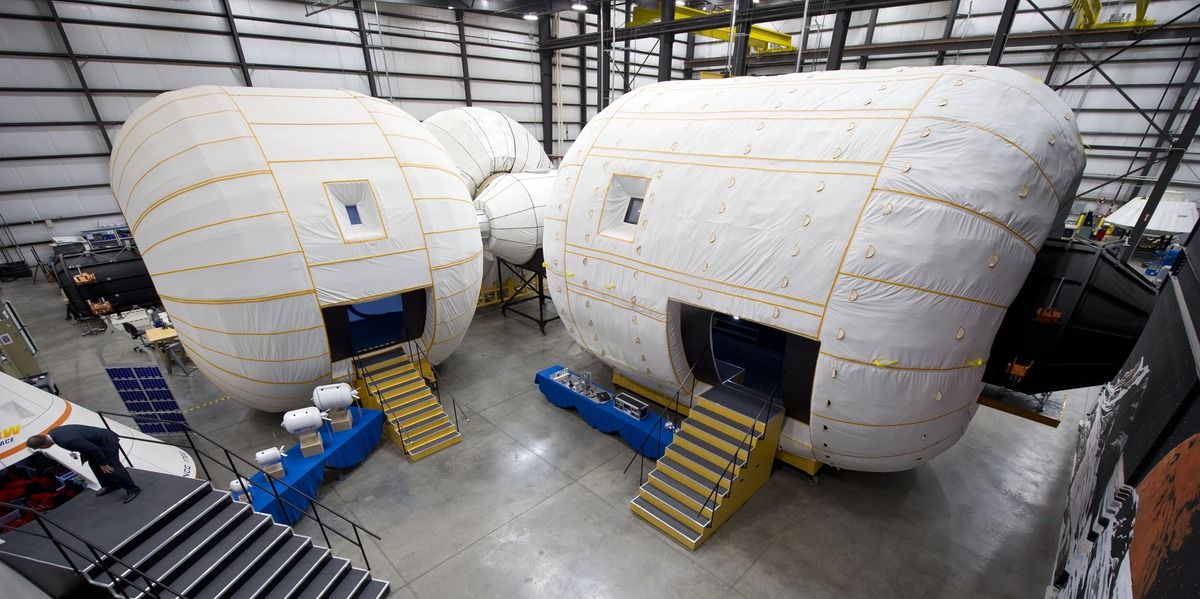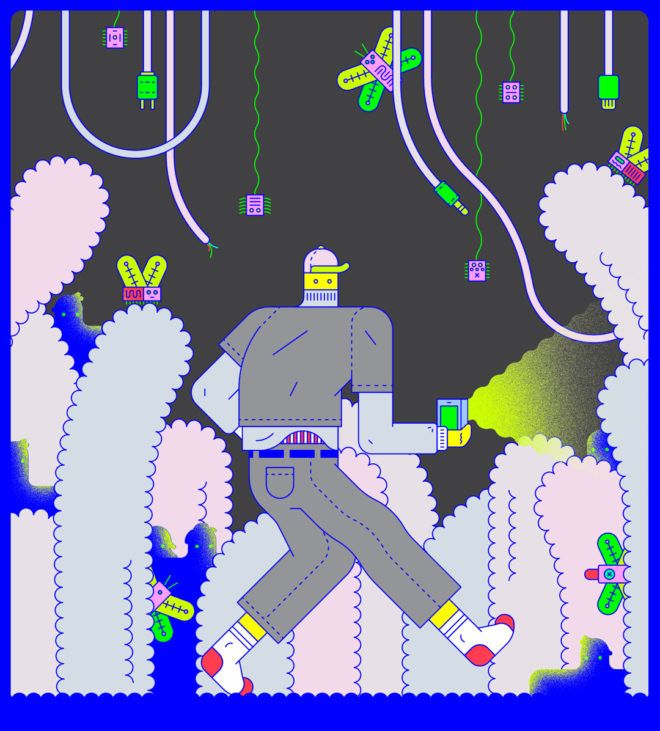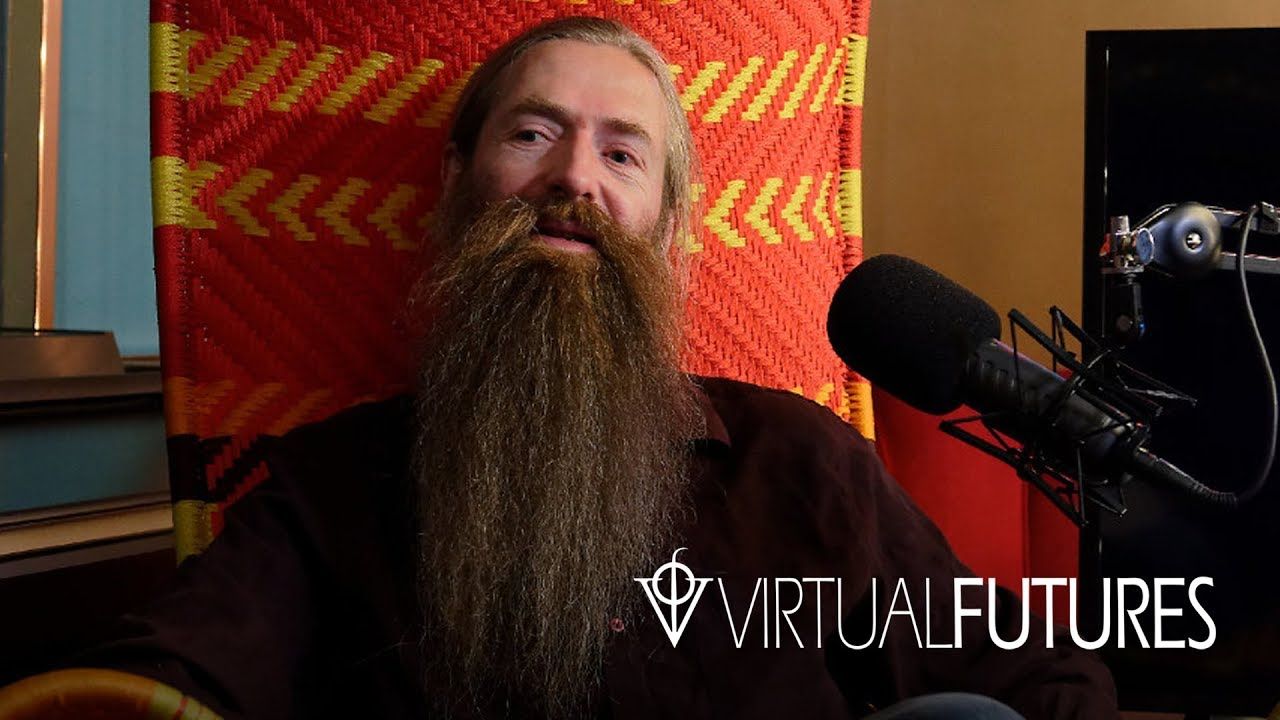Some residents in Ventura are able to return to their homes, briefly, to sift through the rubble and gather belongings as fire threat continues.
Wildfires spread in California
Posted in futurism
Driver captures dramatic footage showing just how close the massive wildfire in California is to a major freeway in Los Angeles.
Latest updates: http://cnn.it/2AWewTV
IN AN AGE of nonstop breaches and hacks, getting a handle on your own digital security matters more than ever. But everyone has their own threat model—a set of concerns unique to themselves. The average smartphone user doesn’t need to know what a Faraday cage is; an NSA contractor probably already has a good grasp of security basics. (Or … do they?) In this guide, we’ve included a few ways to improve your online security posture based on those different levels of risk. These won’t prevent the next megabreach or banish ransomware from the earth. They’re not all-encompassing. But they’ll help get you in the mindset of the types of steps you should be taking based on your particular situation. And they’ll help ensure that the next time you read one of those paralyzing headlines, it doesn’t apply to you.
In an age of nonstop breaches and hacks, getting a handle on your own digital security matters more than ever. But everyone has their own threat model—a set of concerns unique to themselves. The average smartphone user doesn’t need to know what a Faraday cage is; an NSA contractor probably already has a good grasp of security basics. (Or … do they?) In this guide, we’ve included a few ways to improve your online security posture based on those different levels of risk. These won’t prevent the next megabreach or banish ransomware from the earth. They’re not all-encompassing. But they’ll help get you in the mindset of the types of steps you should be taking based on your particular situation. And they’ll help ensure that the next time you read one of those paralyzing headlines, it doesn’t apply to you.
Robots Will Transform Fast Food
Posted in economics, food, robotics/AI
That might not be a bad thing.
V isitors to Henn-na, a restaurant outside Nagasaki, Japan, are greeted by a peculiar sight: their food being prepared by a row of humanoid robots that bear a passing resemblance to the Terminator. The “head chef,” incongruously named Andrew, specializes in okonomiyaki, a Japanese pancake. Using his two long arms, he stirs batter in a metal bowl, then pours it onto a hot grill. While he waits for the batter to cook, he talks cheerily in Japanese about how much he enjoys his job. His robot colleagues, meanwhile, fry donuts, layer soft-serve ice cream into cones, and mix drinks. One made me a gin and tonic.
H.I.S., the company that runs the restaurant, as well as a nearby hotel where robots check guests into their rooms and help with their luggage, turned to automation partly out of necessity. Japan’s population is shrinking, and its economy is booming; the unemployment rate is currently an unprecedented 2.8 percent. “Using robots makes a lot of sense in a country like Japan, where it’s hard to find employees,” CEO Hideo Sawada told me.
Aubrey de Grey, from Nov 28, 2017.
Virtual Futures presents Dr. Aubrey de Grey who claims to have drawn a roadmap to defeat biological aging and proposes that that the first human beings who will live to 1,000 years old have already been born.
Dr Aubrey de Grey is the Chief Scientific Officer and Co-founder of the SENS Research Foundation, a charity that researches the application of regenerative medicine to age-related disease, with the intent of repairing underlying damage to the body’s tissues, cells, and molecules. Their goal is to help build the industry that will cure the diseases of aging.
In conversation with Luke Robert Mason (Director, Virtual Futures).
–









